This is the start of my new blog. Mainly this is a photography blog and I am an amateur enthusiast photographer. I enjoy photography, film, art, music, food and travel and I follow technology because that is the area in which I have worked for the last 30+ years. I have worked with wonderful teams envisioning, designing, building and bringing to market many products which I hope have made peoples’ lives easier or at least a little more fun. That work has given me the opportunity to live and work in many different countries around the world.
Despite my chosen professional path, I was educated in photography and fine art drawing and painting.
Now I have decided to do two things I have enjoyed doing from long ago but maybe have not done enough of due to the demands of work and family. At this point I think much of the content will be photographs and my thoughts on the photographs, travel, food (and drinks!) and culture which I will be making pictures of, and maybe a little technology discussion thrown in.
I shoot with everything from a smartphone to film and digital cameras. 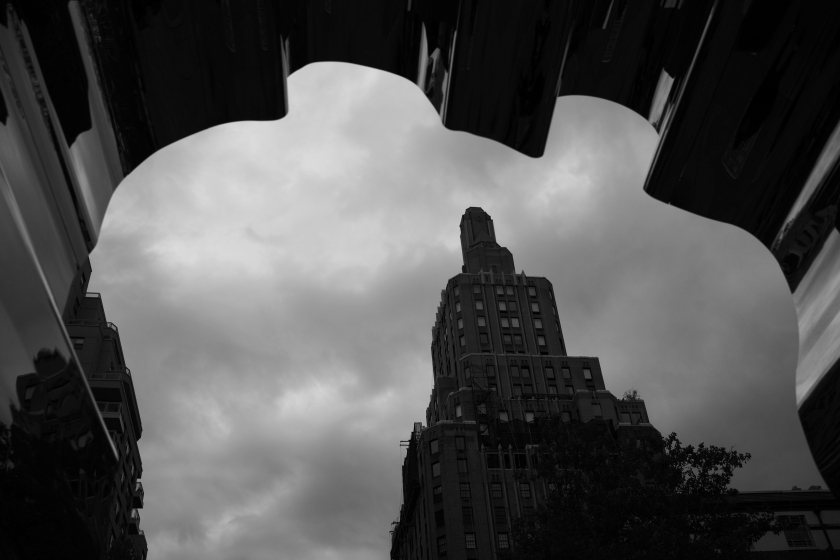
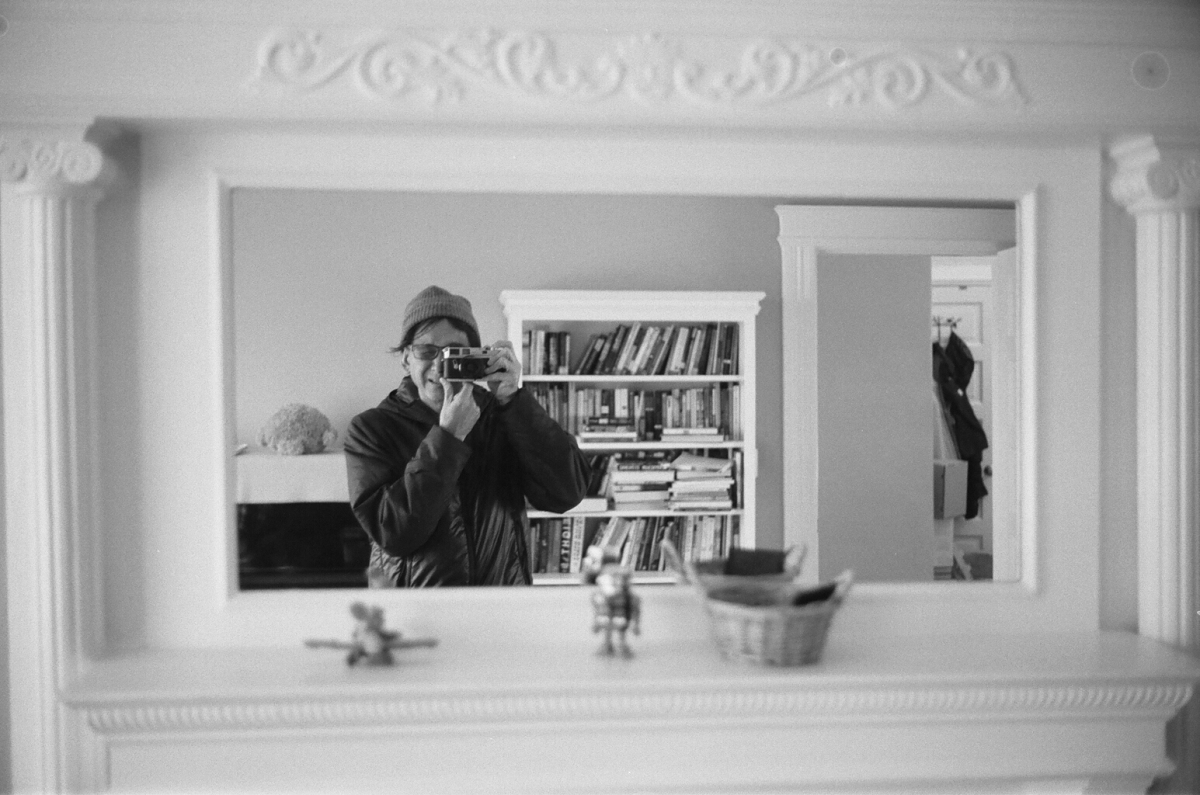
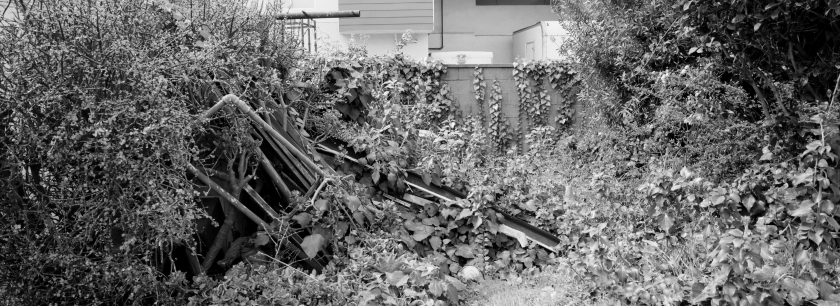
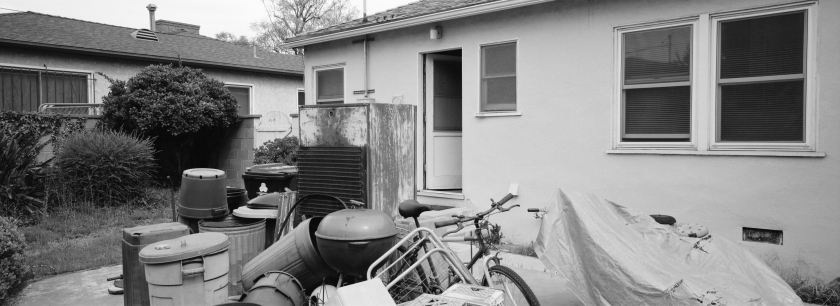
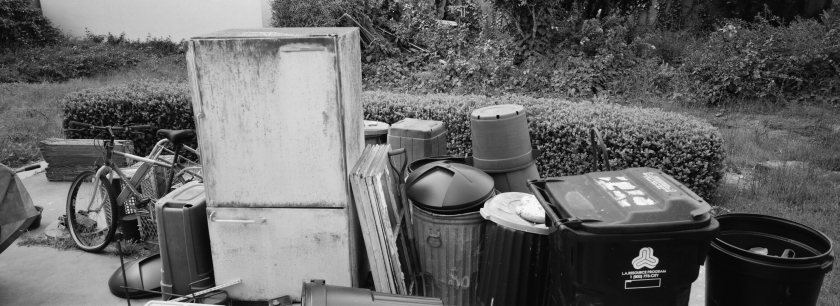
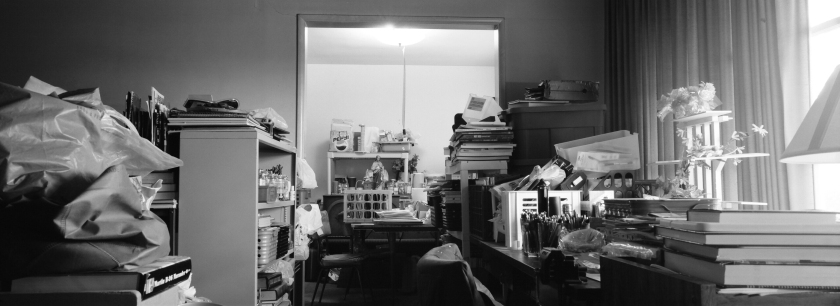
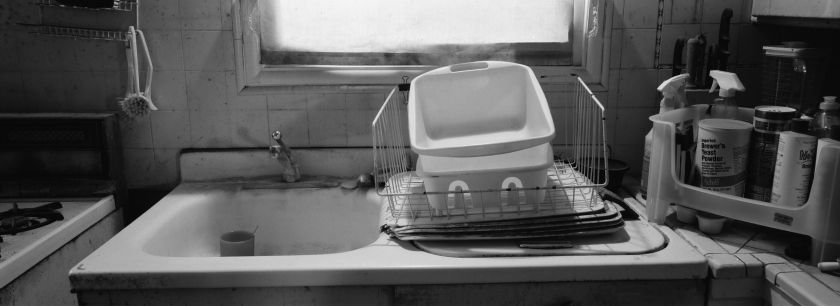
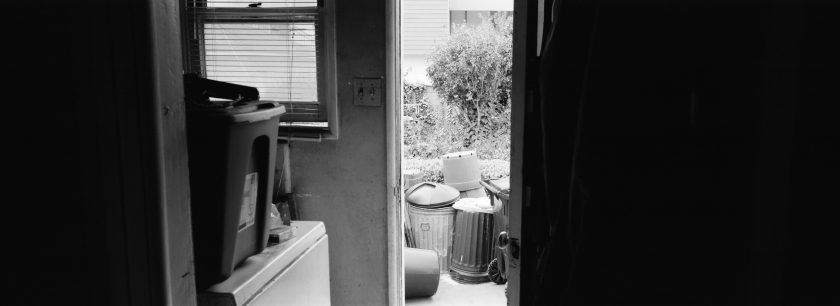
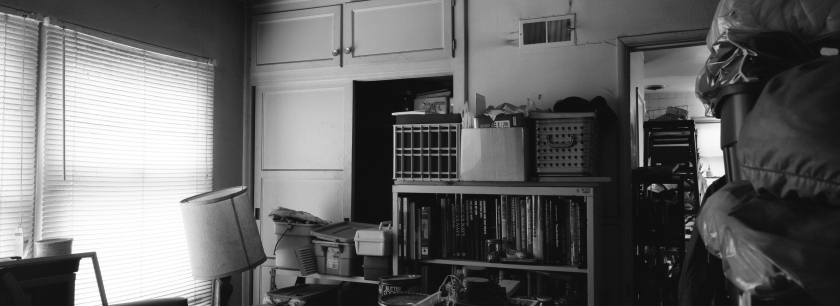
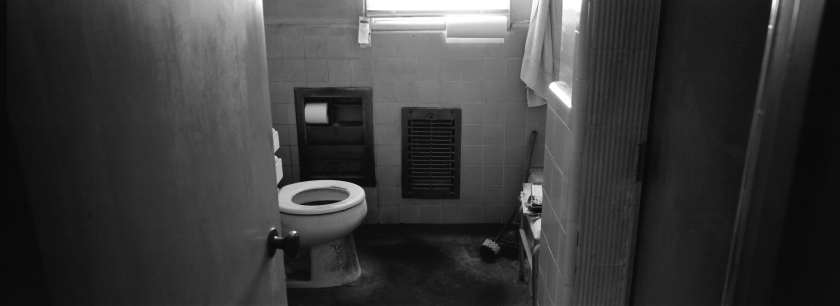
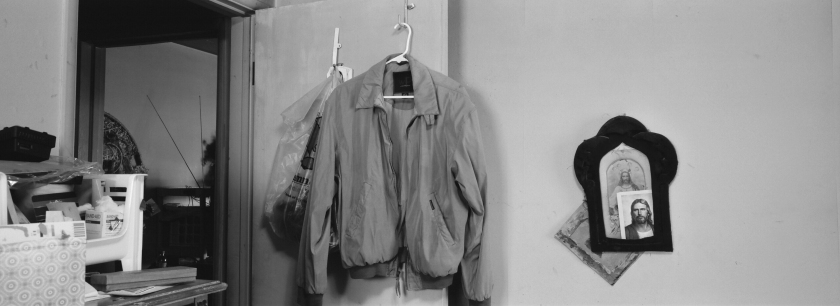
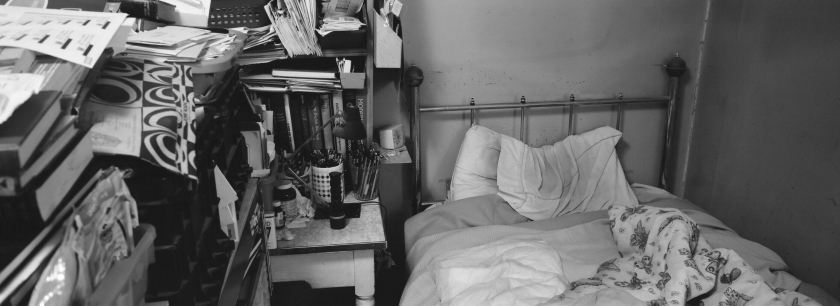
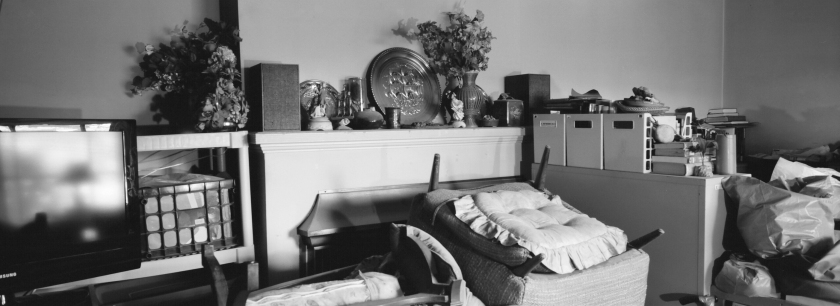
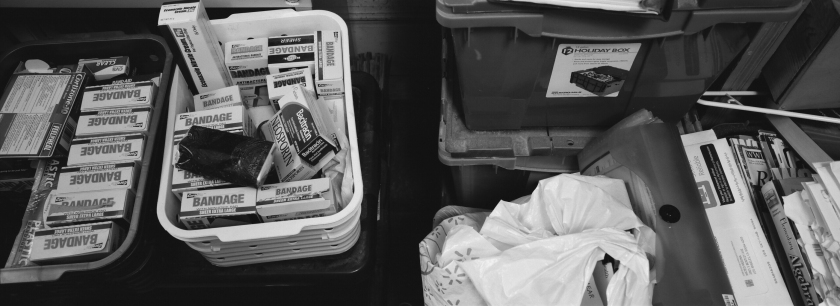
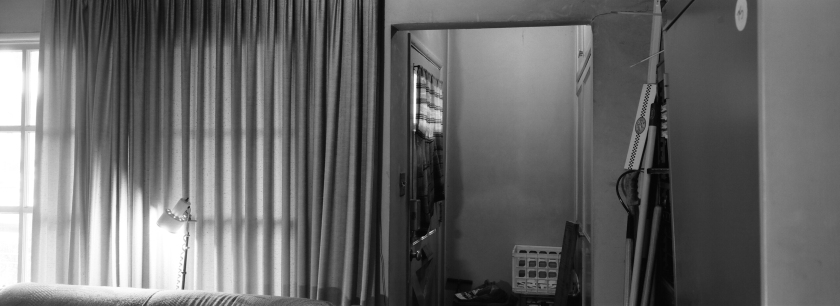
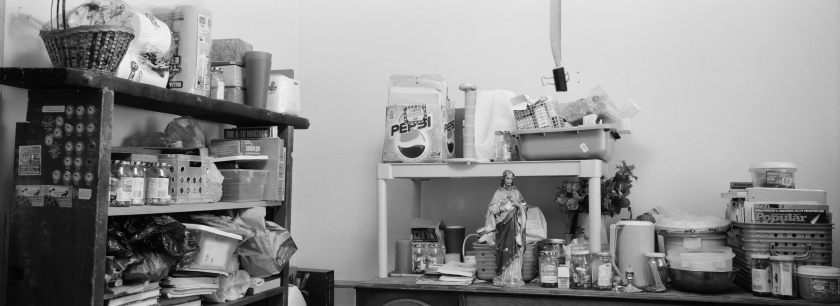








 o
o


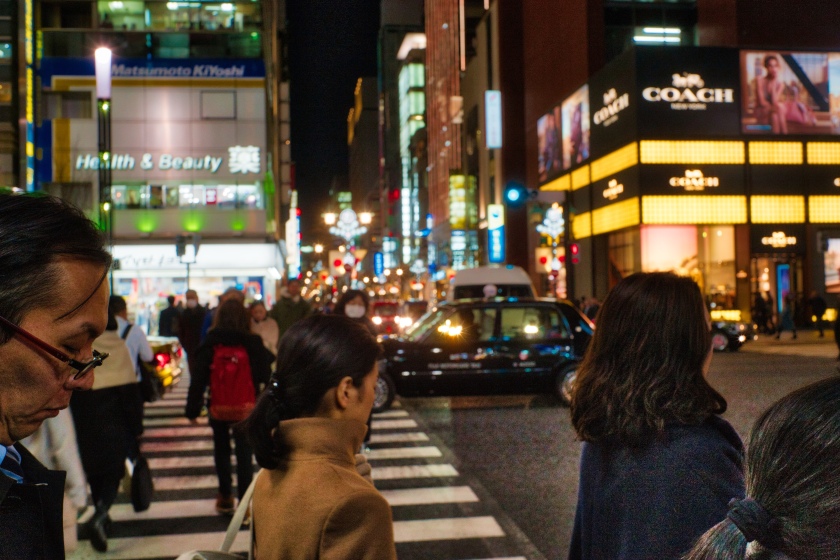






























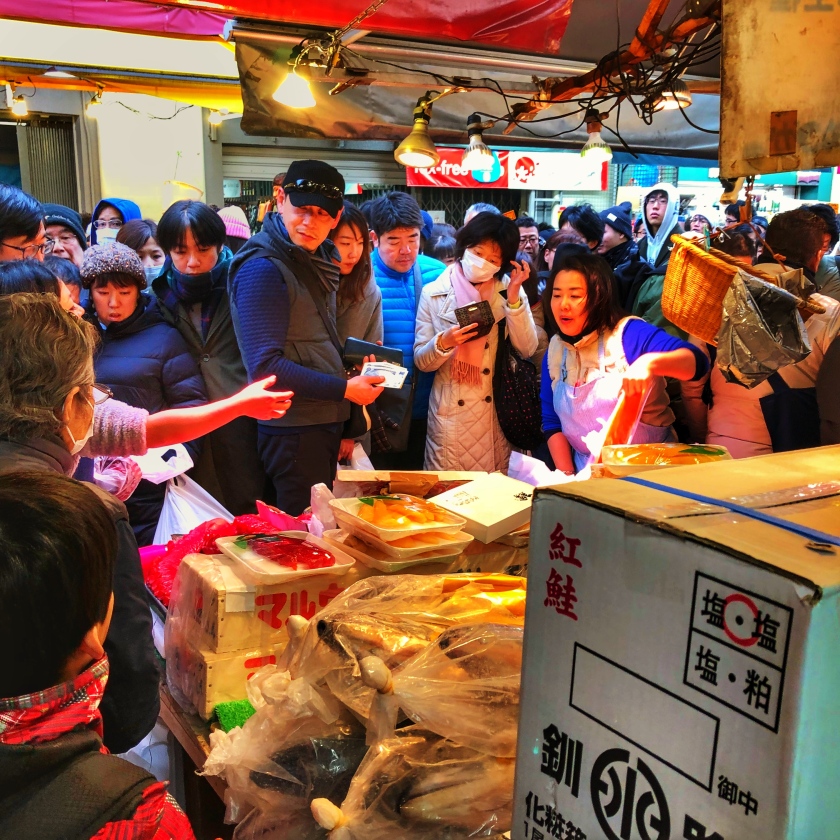
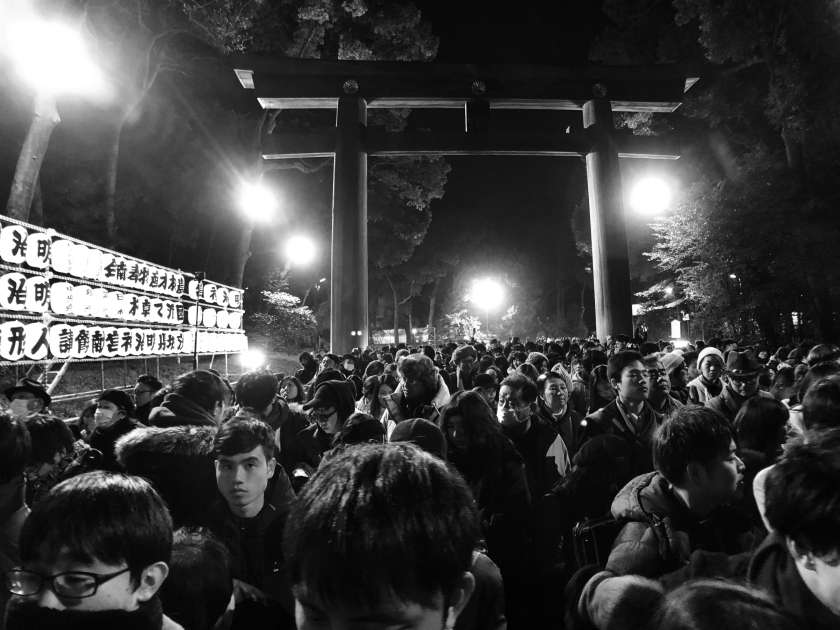
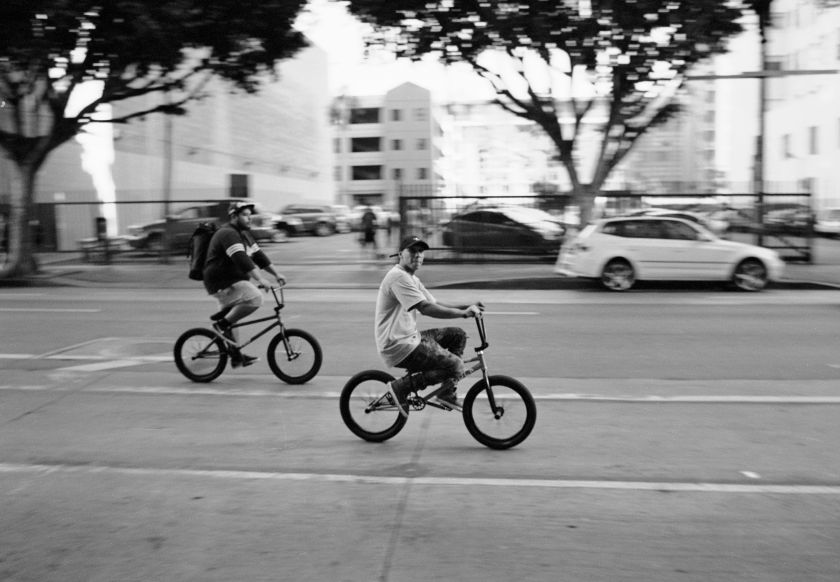
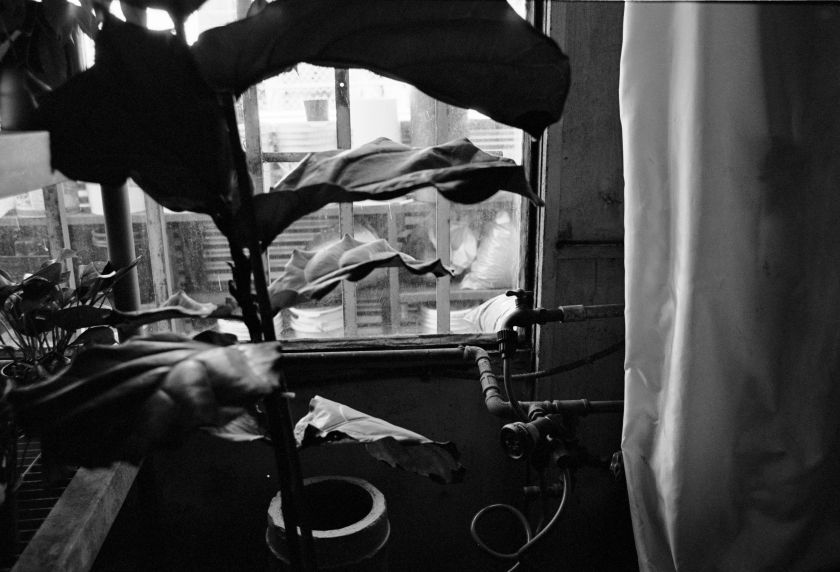
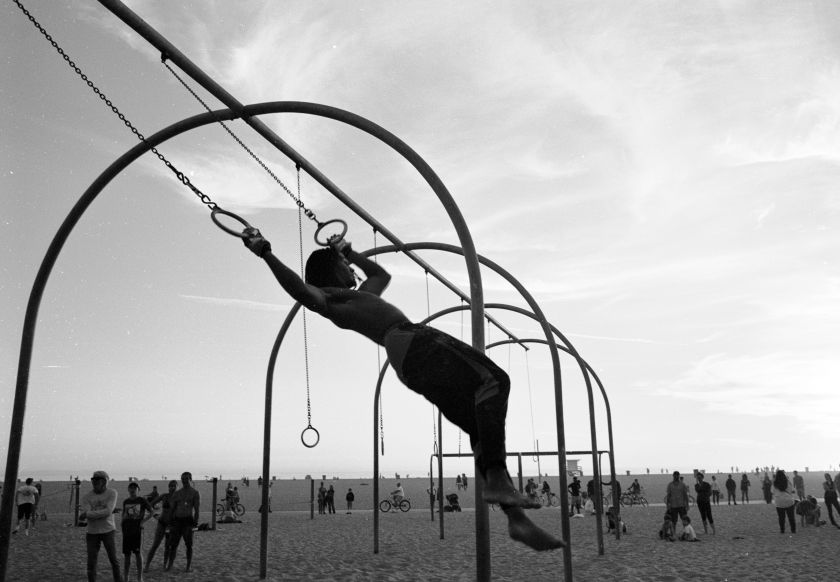
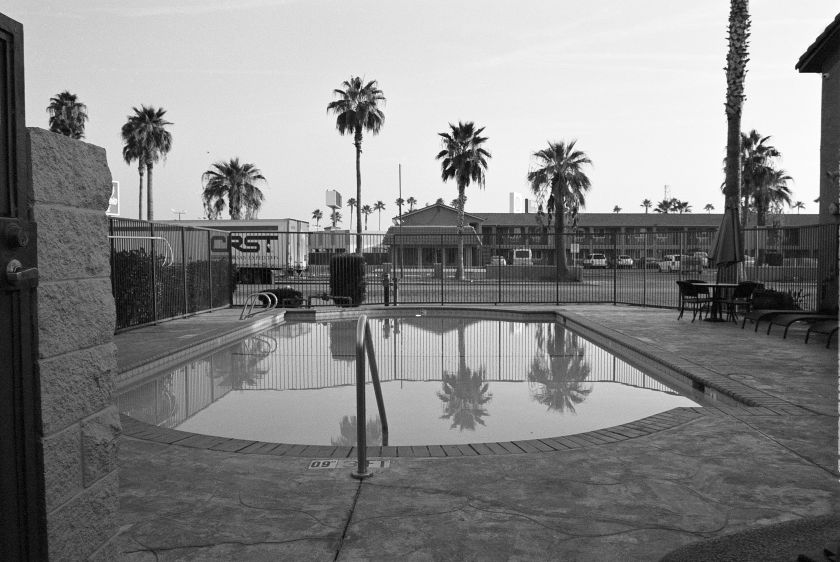 Shooting film on an all-manual camera helps me slow down and think about the images I am making instead of chimping after each shot. Also the Leica M6 is small and doesn’t cover much of my face when shooting so it really feels like I’m not behind the camera. Finally I like the excitement of looking at a contact sheet to see what I got and then scanning them.
Shooting film on an all-manual camera helps me slow down and think about the images I am making instead of chimping after each shot. Also the Leica M6 is small and doesn’t cover much of my face when shooting so it really feels like I’m not behind the camera. Finally I like the excitement of looking at a contact sheet to see what I got and then scanning them.